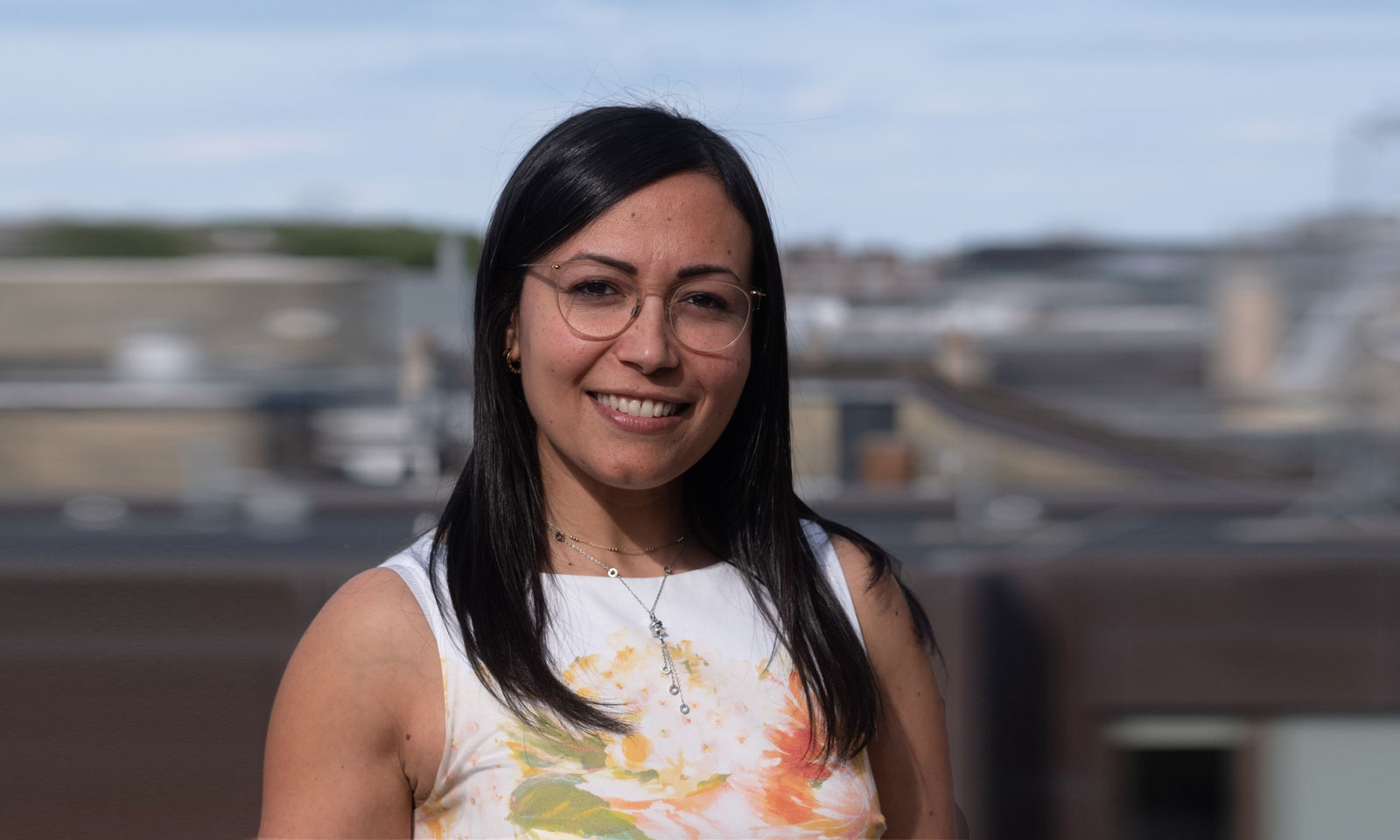
Column: The biggest consideraion in office design
Monthly Column By May Fawzy
In the wake of the transformative post-COVID landscape, the workplace has experienced a paradigm shift, prompting a reimagining of its very essence. With the rise of remote work, questions were raised about the future of physical offices, leading some to declare the death of traditional workspaces. However, in my opinion, it was not the office that perished, but rather the conventional definition of it that evolved into something new and dynamic. As employers and designers, we faced the challenge of repositioning workspaces to entice people back and create environments that foster collaboration, productivity, and well-being.
The contemporary office has transcended its original purpose as a solitary desk for focused tasks. Instead, it has transformed into a vibrant social hub that thrives on human interaction and nurtures an organization’s culture. Employers recognized the importance of crafting spaces that promote productivity while prioritizing the well-being and health of their employees. For me as a designer, this presented an exciting yet intricate challenge: creating a workspace that fosters both focused work and spontaneous collaboration, catering to diverse needs.
In tackling these complex demands, human-centered design emerged as an essential approach. By placing the users’ needs and experiences at the heart of the design process, we ensure that the workspace becomes a haven of comfort, confidentiality, and adaptability. The multifaceted puzzle demands careful attention to various elements, including access to natural light, integration with the outdoors, biophilic design principles, acoustic comfort, inclusivity, and sustainability.
In my opinion there are two core values that stand out in shaping the modern workspace – sustainability and flexibility. These two principles are profoundly interconnected, driving us towards a future-proof and environmentally responsible solution. As uncertainty surrounds office occupancy levels and attendance patterns, employers crave maximum flexibility. A truly flexible fitout extends the lifespan of the workspace, allowing it to serve organizations for more extended periods, thereby reducing the need for frequent moves and minimizing waste generation.
The fitout industry, much like the broader construction sector, significantly contributes to overall waste generation in the UK. Construction and demolition waste, including waste from fitouts, accounts for a substantial portion of the country’s total waste output. Recognizing the urgent need for environmental stewardship, our collective efforts must focus on reducing waste for the sake of future generations.
By embracing sustainability and designing for flexibility, we take a significant step towards reducing waste, promoting resource efficiency, and creating a brighter, eco-friendly future. As designers, we hold the power to shape the environment and inspire positive change. Let us, therefore, stand together in our commitment to crafting workspaces that not only enhance productivity and well-being but also champion the preservation of our planet for generations to come.
BIID President May Fawzy, Interior Architecture Director & Founder of MF Design Studio




